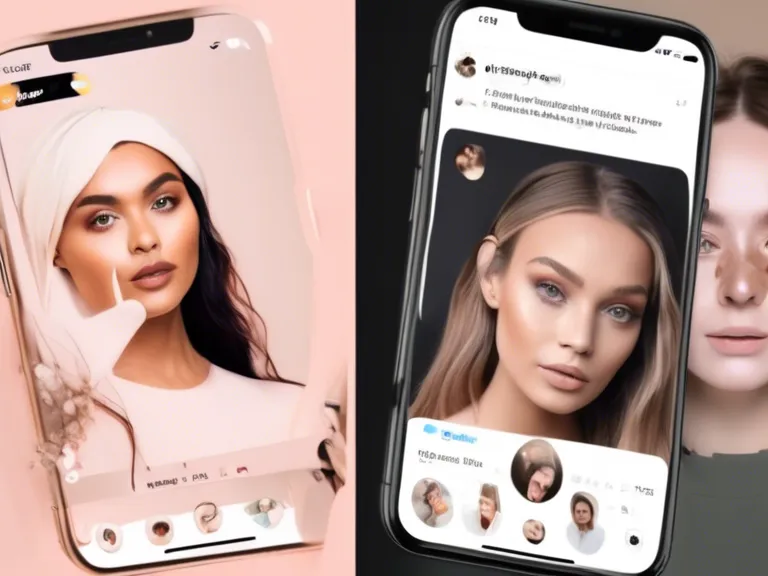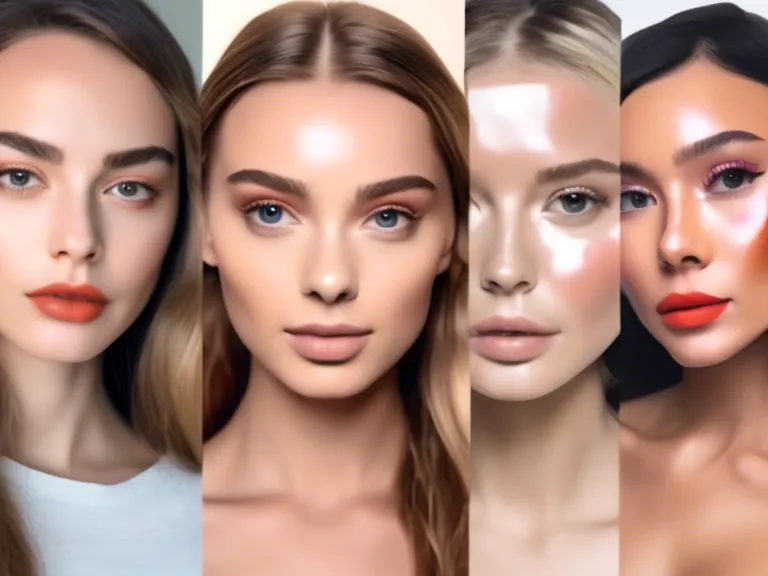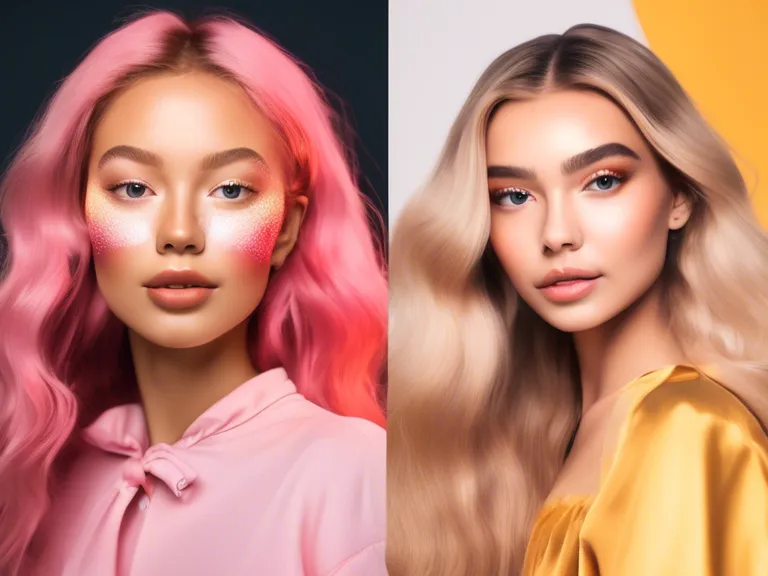
With the rise of social media and its influence on our perception of beauty, beauty filters have become a popular tool for many users. These filters promise to make you look flawless, smoothing out imperfections and enhancing your features with just a swipe of a finger. But what exactly are beauty filters and how do they work? Let's dive into the latest tech behind these digital cosmetic enhancers.
Beauty filters, also known as beauty modes or beauty apps, are software applications that use artificial intelligence (AI) to detect and modify facial features in real-time. These filters can alter your appearance by applying various effects such as skin smoothing, blemish removal, teeth whitening, and even changing the shape of your face. With the help of advanced algorithms, these filters are able to analyze facial structures and apply enhancements seamlessly.
One of the key features of beauty filters is their ability to make subtle adjustments that mimic traditional makeup techniques. For example, a beauty filter can add a natural-looking blush to your cheeks, enhance the color of your eyes, or even create the illusion of a slimmer face. These filters have become a popular tool for social media users who want to present themselves in the best light possible, and they have also been used in various photo editing applications to enhance selfies and portraits.
While beauty filters can be fun and entertaining, they have also sparked debates about their impact on beauty standards and self-image. Some critics argue that these filters promote unrealistic beauty ideals and contribute to feelings of inadequacy and low self-esteem. Others believe that beauty filters are a harmless form of self-expression and creativity.
In conclusion, beauty filters are a fascinating blend of technology and artistry that have transformed the way we perceive beauty in the digital age. Whether you love them or loathe them, one thing is clear – beauty filters are here to stay.



